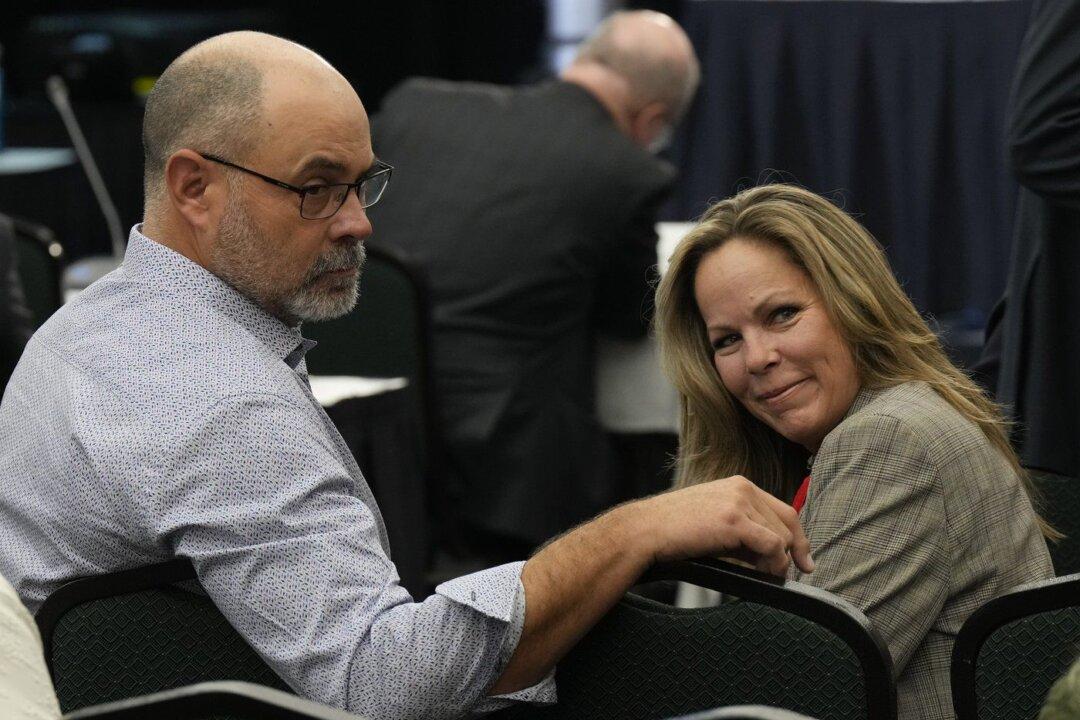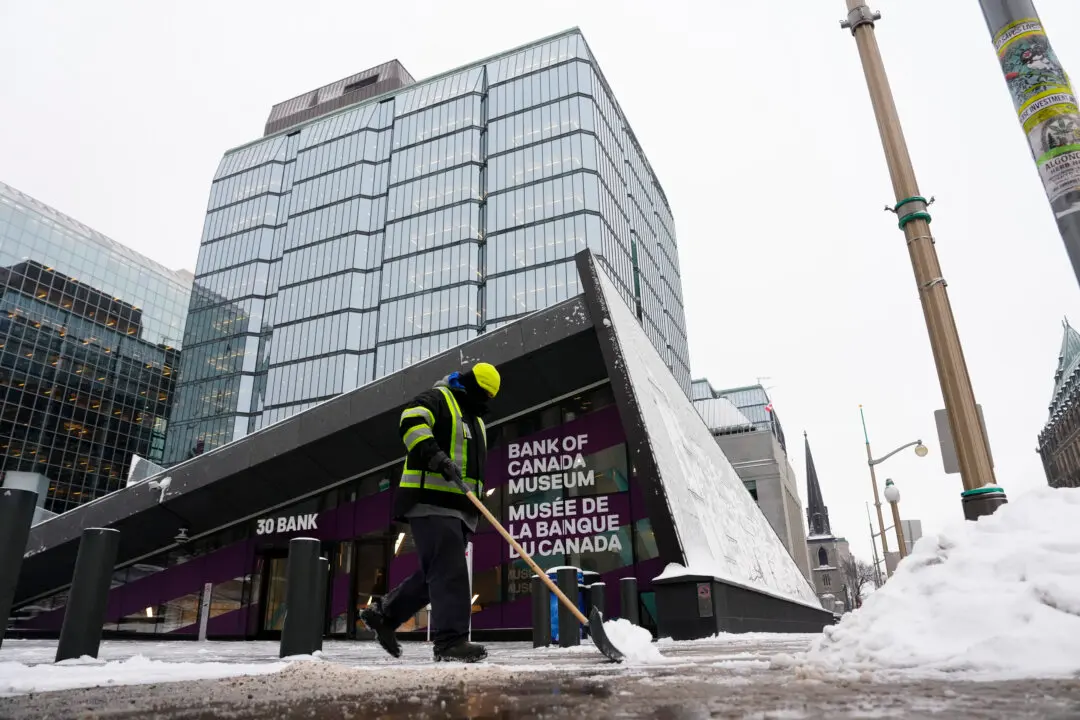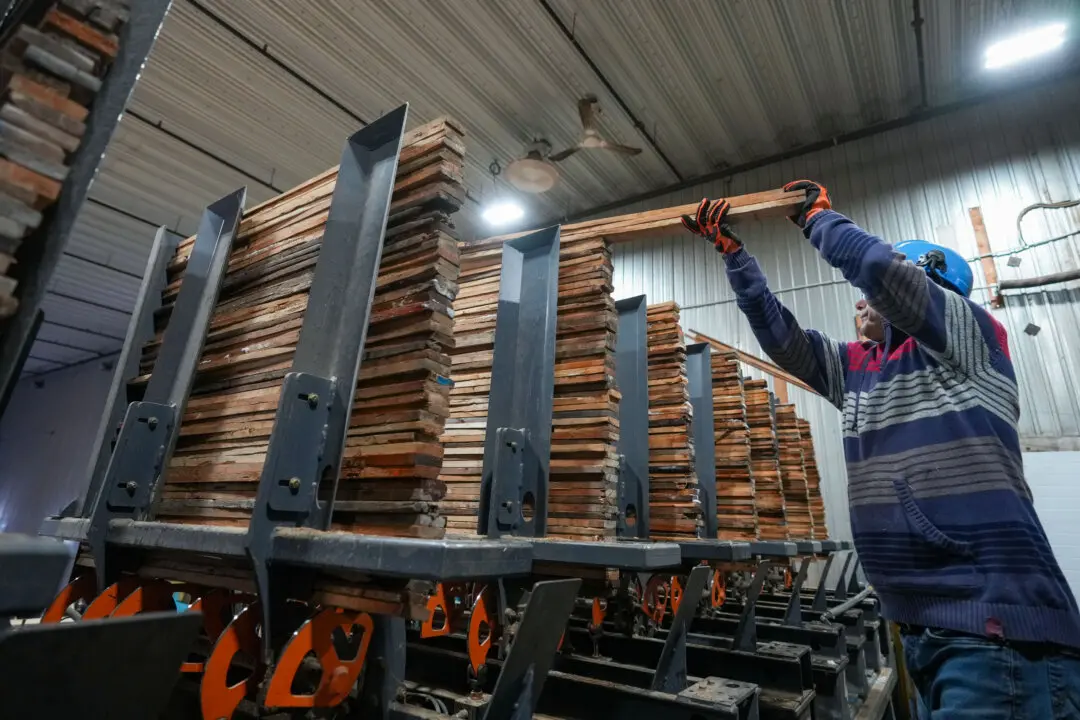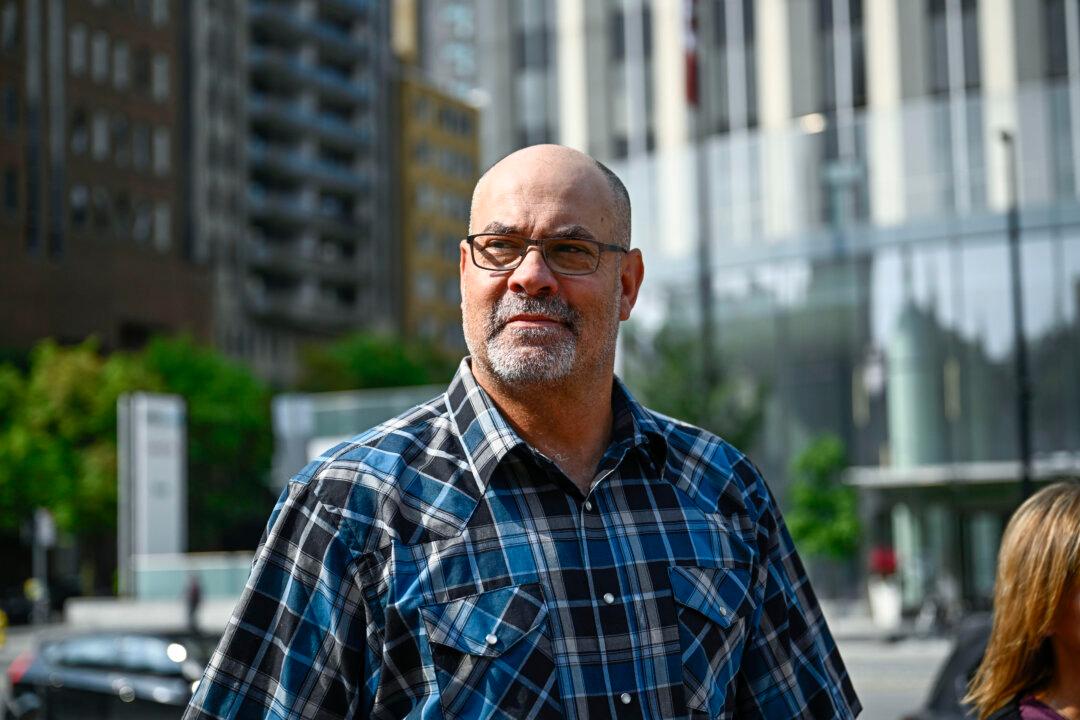With the criminal trial of Freedom Convoy leaders Tamara Lich and Chris Barber having gone on hiatus after its 13th day wrapped up, it seems no closer to completion.
Due to technical delays, lengthy videos being played, and much deliberation between Crown and defence lawyers—including over admissibility and disclosure of evidence—only four witnesses have finished testifying out of the 22 initially set to testify over the course of 10 days.





